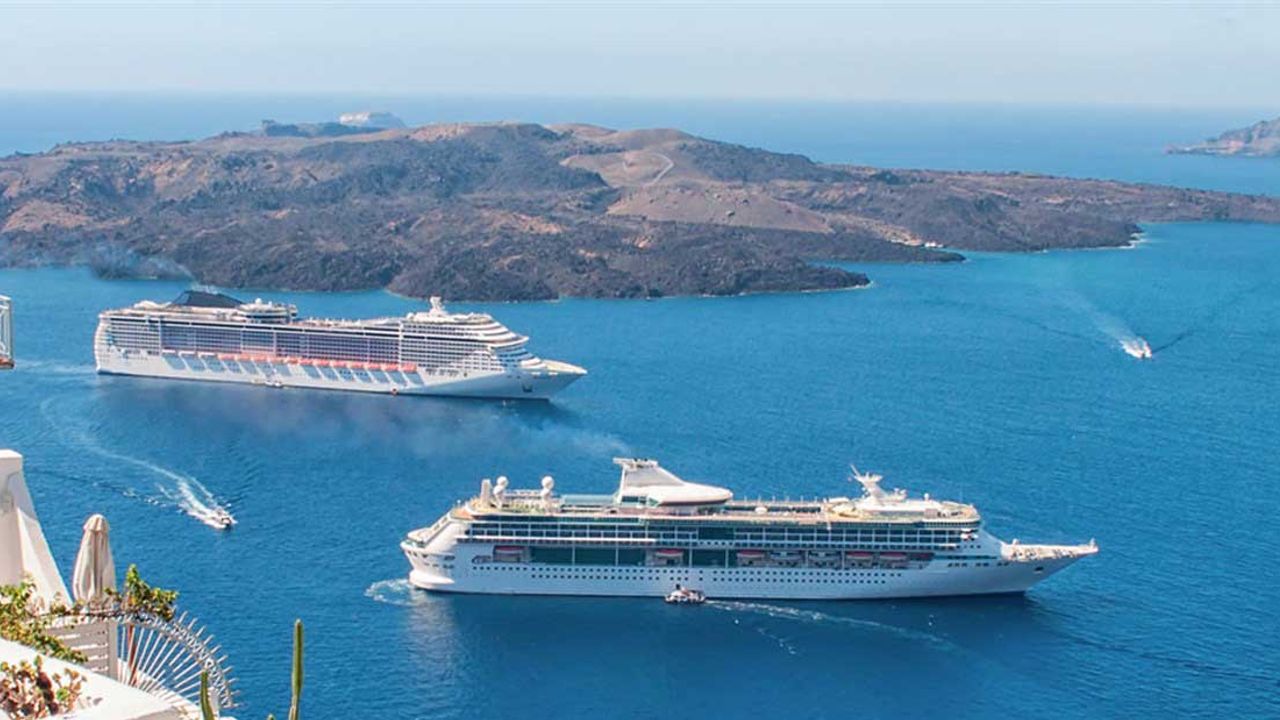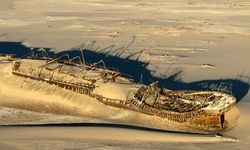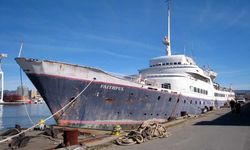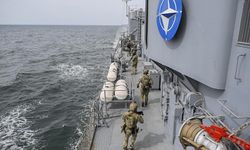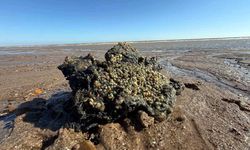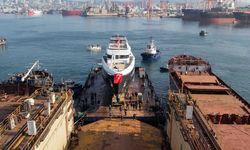These ports, essential for accommodating cruise ships and smaller passenger vessels, are now considered high-risk areas following a series of recent tremors. The directive is part of a set of precautionary measures aimed at reducing risks to both shipping operations and local communities.
The seismic events, with magnitudes of up to 4.6, were recorded over the past few days, including tremors of 4.3 and 3.9 on Sunday. While the activity has prompted school closures across Santorini and nearby islands such as Anafi, Ios, and Amorgos, experts have clarified that the earthquakes are due to tectonic shifts rather than volcanic activity. The Santorini caldera, a volcanic basin around which the island is formed, remains in a period of reduced activity.
Authorities have also recommended avoiding large gatherings in enclosed spaces and routes prone to landslides. The South Aegean Regional Fire Department is on general alert, with rescue teams and senior officials dispatched to Santorini.
Professor Kostas Papazachos, a geophysicist at Thessaloniki Aristotle University, explained that these precautionary measures are intended to minimize risks, particularly in case of a stronger earthquake. He emphasized that even minor tremors can cause panic and injuries in crowded areas.
Santorini, home to around 15,500 residents, is a major tourist destination with millions of visitors annually. The UK Foreign Office has updated its travel advisory for British tourists, reflecting the new safety protocols.
The island's geological history includes a significant eruption around 1600 BC, which shaped its current crescent form. Subsequent eruptions, including a devastating one in 1956, have had lasting impacts on the region, with the latter resulting in over 50 fatalities.
